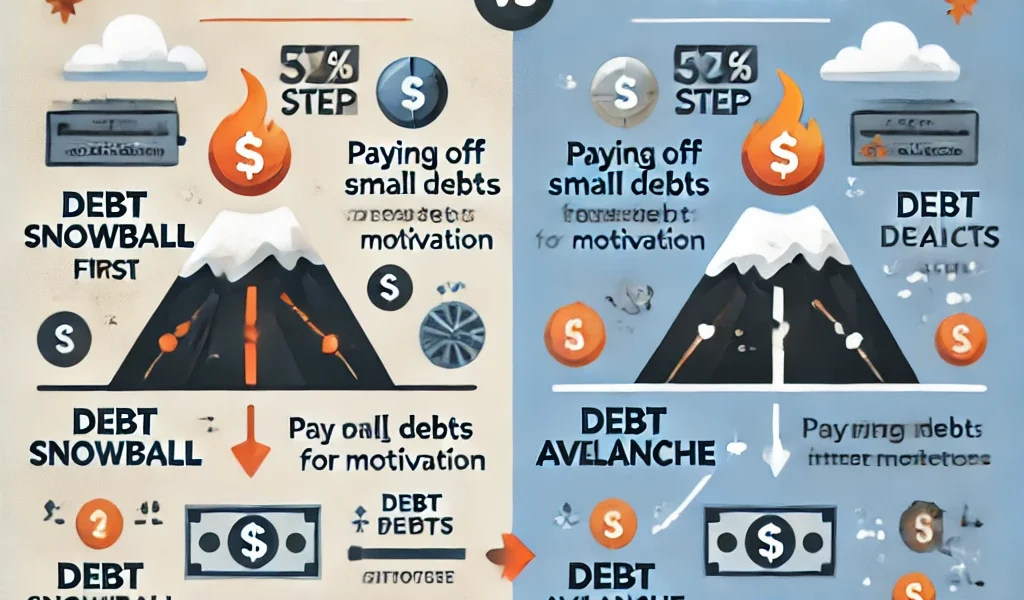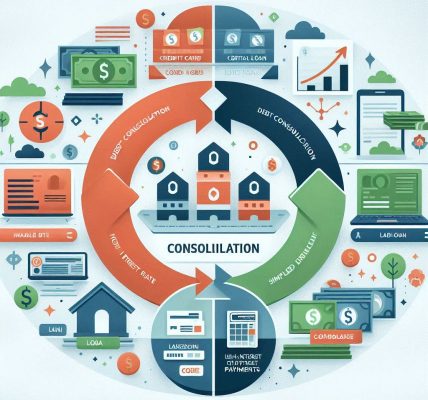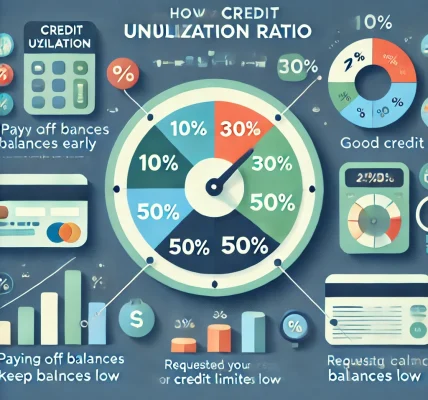Debt can be overwhelming, but the right strategy can help you pay it off efficiently. Two of the most popular debt repayment methods are the Debt Snowball and Debt Avalanche methods. Both approaches have their advantages and drawbacks, but choosing the right one depends on your financial situation and mindset.
In this guide, we’ll break down these two debt repayment methods, compare their pros and cons, and help you decide which strategy is best for you.
Understanding the Debt Snowball Method
The Debt Snowball method, popularized by financial expert Dave Ramsey, focuses on paying off the smallest debt balances first, regardless of interest rates. The idea is to build momentum by quickly eliminating smaller debts before tackling larger ones.
How the Debt Snowball Method Works
- List all your debts from smallest to largest balance.
- Make minimum payments on all debts except the smallest one.
- Put any extra money toward paying off the smallest debt first.
- Once the smallest debt is paid off, roll over the freed-up money to the next smallest debt.
- Repeat the process until all debts are paid off.
Example of the Debt Snowball Method
Let’s say you have the following debts:
- Credit Card A: $500 balance, 18% interest
- Personal Loan: $2,000 balance, 10% interest
- Car Loan: $5,000 balance, 6% interest
- Student Loan: $10,000 balance, 5% interest
With the Debt Snowball method, you would start by aggressively paying off Credit Card A ($500) first, while making minimum payments on the other debts. Once it’s paid off, you move on to the Personal Loan ($2,000) and so on.
Pros of the Debt Snowball Method
✅ Quick Wins Keep You Motivated – Paying off smaller debts faster provides a sense of accomplishment, encouraging you to stick to the plan. ✅ Simple and Easy to Follow – No complex calculations; just focus on the order of balances. ✅ Great for Emotional Motivation – Helps those who need psychological momentum to stay committed.
Cons of the Debt Snowball Method
❌ Not the Most Cost-Effective – Since it ignores interest rates, you might end up paying more in interest over time. ❌ Takes Longer to Pay Off High-Interest Debt – If you have large debts with high interest rates, this method may not be the best choice financially.
Understanding the Debt Avalanche Method
The Debt Avalanche method prioritizes paying off debts with the highest interest rates first. This approach minimizes the total interest paid over time and speeds up overall debt repayment.
How the Debt Avalanche Method Works
- List all your debts from highest to lowest interest rate.
- Make minimum payments on all debts except the one with the highest interest rate.
- Put any extra money toward the highest-interest debt first.
- Once the highest-interest debt is paid off, roll over the extra money to the next highest interest debt.
- Repeat the process until all debts are paid off.
Example of the Debt Avalanche Method
Using the same debts as before:
- Credit Card A: $500 balance, 18% interest
- Personal Loan: $2,000 balance, 10% interest
- Car Loan: $5,000 balance, 6% interest
- Student Loan: $10,000 balance, 5% interest
With the Debt Avalanche method, you would focus on Credit Card A (18%) first, then the Personal Loan (10%), and so on, tackling the highest interest rate first to minimize total interest paid.
Pros of the Debt Avalanche Method
✅ Saves Money on Interest – You pay less in interest over time compared to the Snowball method. ✅ Faster Debt Payoff – Eliminating high-interest debt first speeds up overall repayment. ✅ Best for Those Who Want to Save the Most Money – If you’re disciplined, this method reduces long-term costs.
Cons of the Debt Avalanche Method
❌ Takes Longer to Feel a Sense of Accomplishment – It may take longer to pay off the first debt compared to the Snowball method. ❌ Requires Strong Financial Discipline – Since there are no quick wins, it can be harder to stay motivated.
Debt Snowball vs. Debt Avalanche: Which One Is Right for You?
| Factor | Debt Snowball | Debt Avalanche |
|---|---|---|
| Focus | Smallest balance first | Highest interest rate first |
| Best for | Motivation & psychological boost | Saving the most money |
| Time to Debt-Free | Can take longer | Faster overall repayment |
| Total Interest Paid | More interest paid | Less interest paid |
| Difficulty Level | Easier to follow | Requires more discipline |
When to Choose the Debt Snowball Method
✔ You need motivation to stay on track. ✔ You prefer quick wins to keep going. ✔ You struggle with financial discipline. ✔ Your debts have similar interest rates.
When to Choose the Debt Avalanche Method
✔ You want to save the most money on interest. ✔ You’re disciplined enough to follow a longer plan. ✔ You have high-interest debts that are costing you a lot. ✔ You don’t need psychological motivation to stay on track.
Can You Combine Both Methods?
Yes! Some people use a hybrid approach, starting with the Snowball method for smaller debts and switching to the Avalanche method for larger, high-interest debts once they gain confidence.
Final Verdict: Which Method Works Best?
Both the Debt Snowball and Debt Avalanche methods are effective in different ways. If motivation is your biggest challenge, the Debt Snowball method might be best for you. However, if saving the most money is your top priority, the Debt Avalanche method is the smarter choice.




